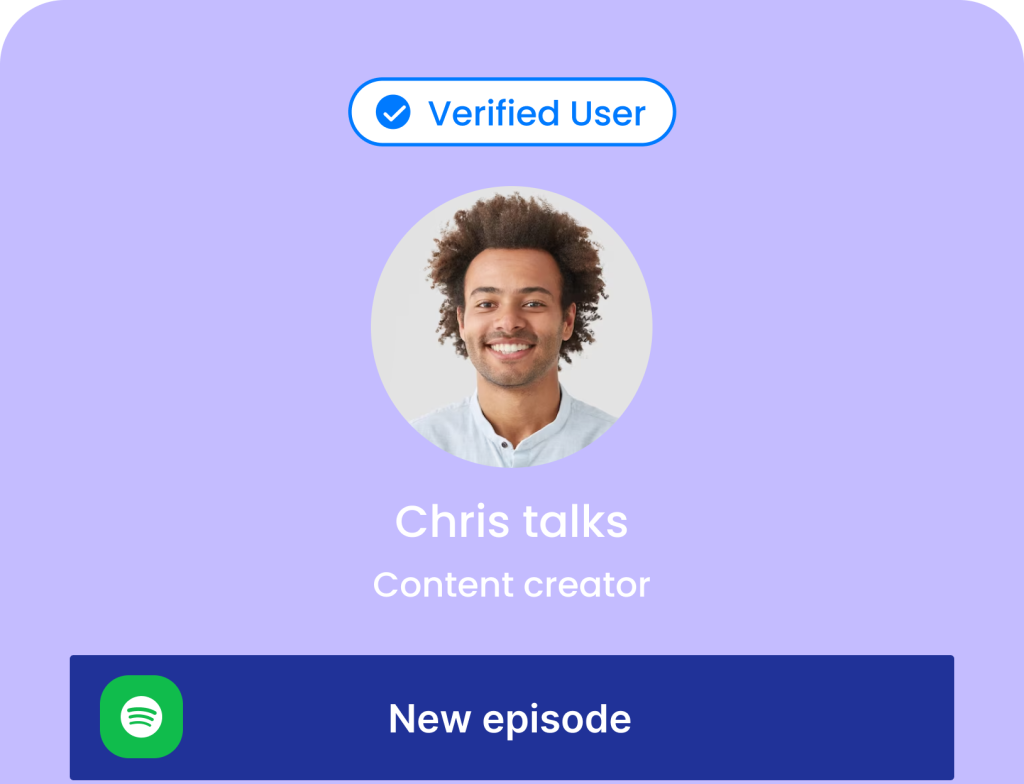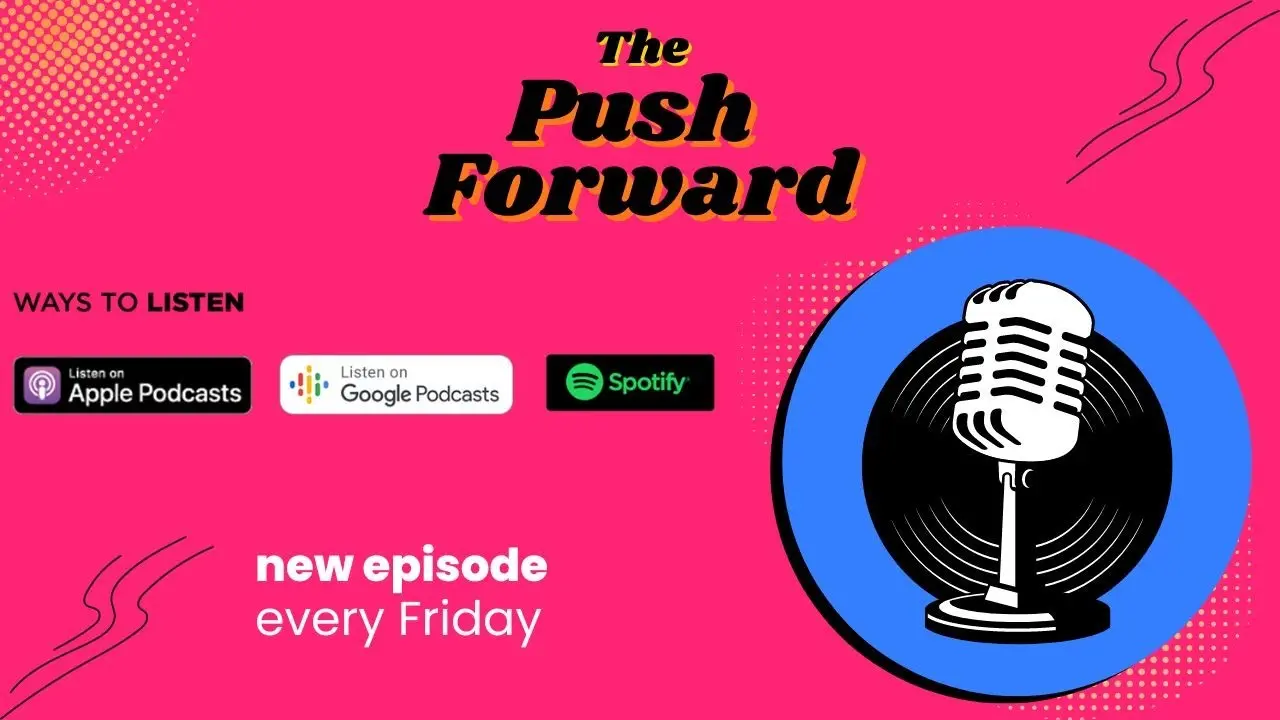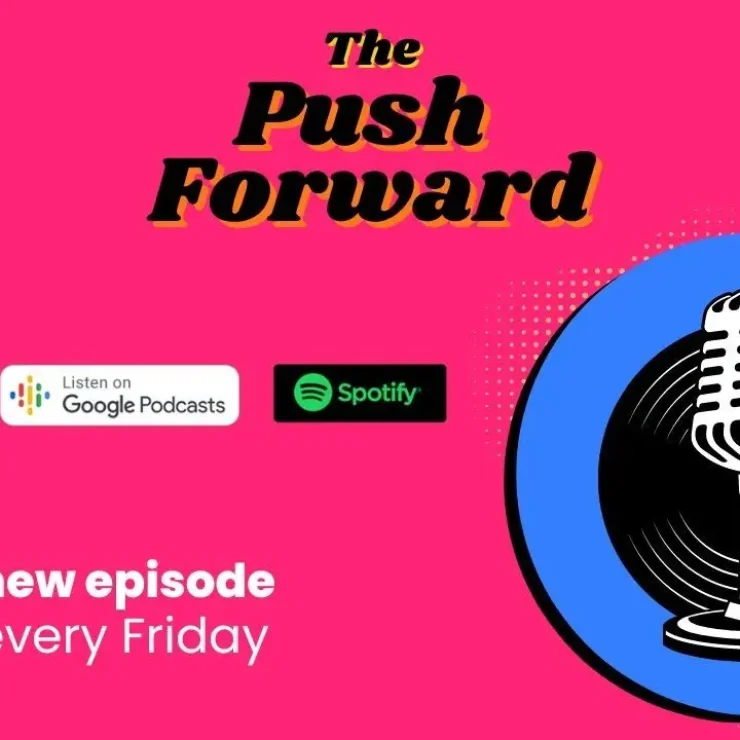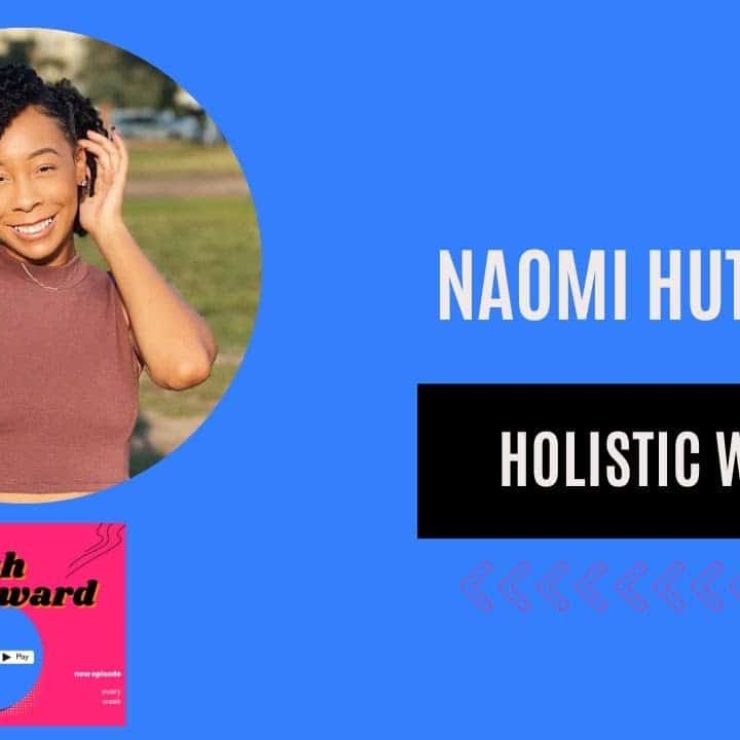Here is the transcription of the video:
Hey everyone, welcome back to another episode of the Push Forward Podcast. I’m your host, Alex, and today we’ve got something really special lined up for you. You’ve probably heard of the term influencer or content creator. We have done episodes distinguishing the differences between the influencers and the creators on past episodes, but it’s something that has been thrown around quite a bit lately. But what does that really mean and, more importantly, what impact is it having on social media and brand strategies? I know as a marketer, it can be hard to understand which is better for your company, your brand, the product or service that you’re selling, and if you’re in that category where you’re creating content, which do you consider yourself? So, we’ve got some data to unpack, so let’s get right into it.
Create your own free link in bio page
Ready to simplify your online presence?
With Pushbio, you can;
- Link all your social media profiles together effortlessly.
- Showcase all your content, products, and services in one space.
- Share everything through a single link.

Create your own free link in bio page
Ready to simplify your online presence?
With Pushbio, you can;
- Link all your social media profiles together effortlessly.
- Showcase all your content, products, and services in one space.
- Share everything through a single link.
According to a recent study by Mintel, one in five social media users consider themselves either an influencer or a content creator. That’s right, I said social media users, that’s right, one in five. Even more surprising is that 76% of these self-proclaimed influencers say they can fully support themselves with their social media earnings. Now, you’ve got monetization programs, affiliate programs, brands who will pay you per post depending on where you fall in the category of influencer or micro-influencer. And I think it’s important to talk about that. So, before I go on, I want to go ahead and review the different levels that exist today because it’s hard sometimes for a social media creator or content creator to understand what level they are considered to be because there’s a lot of different platforms out there like your Intellifluence, Clear, Social Pub, BuzzSumo, and depending on the platform, they will identify you based on the number of followers, based on the number of engagement, based on a number of comments, reshares. So, depending on what platform you’re in, you’re going to be put into a box as a nano influencer, micro influencer, mid-tier influencer, macro influencer, or mega influencer.
So, the first one is a nano influencer, less than 10,000 followers, you’re typically going to get $200 to $300 per post. A micro influencer, less than 50,000, $300 to $600 per post. A mid-tier influencer is 100,000 followers, $700 to $900 per post. A macro influencer has at least half a million followers and they can reach anywhere between $2,000 to $33,000 per post. And then the mega influencer, of course, anyone with more than half a million followers, they dictate the pricing. But it really depends because some brands like Disney, Nike, and others, they have their own pricing guides. So, it’s all about negotiation and it is different depending on the platform that you’re on and depending on your experience in that particular product. And most importantly, as a creator or influencer, you’re going to have to share the analytics about your audience, the demographics, psychographics, right? Their age, their location, their affinity, different categories, and so much more.
Now, why is it important for brands to really understand this? Well, if you’re a brand or a marketer like myself, this means that you have a pool of potential ambassadors for your products. But there’s the catch, right? Not all platforms are created equal and not all influencers have the same impact. And this has been my experience over the last 15 years. And the study shows that baby boomers are more likely to follow personalities on Facebook, while Gen Z leans towards TikTok, YouTube, and Instagram. And that’s no surprise to many of you who listen to the podcast here or who are using the Push Bio link tool.
Now, what content draws the crowd? Well, as the type of content that seems to be most appealing, it turns out it is food and entertainment. And it’s true because I think of social media always as the playground for content. We go there to connect with people, to have a good laugh, and really be entertained. The only exception are sites like Quora, LinkedIn, Reddit. Those sites are more copy-heavy, content-heavy, that is not for entertainment but more for deep research or business, right? So, like LinkedIn more for business, Quora and Reddit more for research, people who really are into the subject matter more. Although I should say Reddit is both a playground and a research tool. But it is a little bit different of a community in terms of like the typical social media user will not find themselves on those sites because those sites are very heavy with the topics or the subreddits. And if you’re not really deep into a topic, you’re not going to find yourselves there because you’re probably looking for micro, nano-size bytes of content which you’ll find on Instagram, TikTok, Twitter, and others.
Now, the generational preferences and brand strategy changes, of course. And brands need to know this. Each generation has its own preferred platform for following influencers. And this is a crucial consideration for brands and small businesses as well, especially when it comes to tailoring their influencer marketing strategies. Now, knowing your target demographic can really help you zero in on the most effective platform for your campaigns. So, resources that I would share based on this particular episode for the information that I found was Influencer Marketing Hub, also Pew Research on social media demographics, Mintel report for social media personalities. I also pulled in information from Intellifluence, Budo Social, Pu, and Clear, which are some of the other platforms that I work with. And again, you know, if you’re an influencer, you really need to know the data. Influencers and content creators are shaping the future of social media. I definitely believe that it’s not the brands or the platforms themselves, it’s the influencers and the creators, and they’re doing this based on the behavioral changes that we see with users. So, you’ve got to follow the data. And as a brand, you may not like it, but that is the case.
So, that’s all we have for you guys. The world of social media, as you know, is ever-changing. I feel like I’ve been saying this for 15 years. And the rise of influencers and content creators, well, content creators more is a more of a newer concept, right? Because a lot of people fall into there, but it is a trend and it’s here to stay. So, while the brand identity shouldn’t change across platforms, the tone and the delivery should. So, the tone and delivery, not only from the influencer or creator but also the visual and the copy that you’re going to see on those posts. So, be strategic about your influencer partnerships, your creator partnerships, so that you can yield the highest rewards, especially if you’re tapping into a less saturated yet high-demand content area. As always, thank you for tuning in to the Push Forward Podcast. If you found this episode helpful, please consider giving us a review or sharing it with someone who would benefit from this information. Until next time, keep pushing forward.





